Would you believe that one of the most important parts of the sales process—the win-loss review—is also the one we’re least likely to do? It’s true, and it’s because it never seems very important to us in the moment. Win or lose, most salespeople—and the companies backing them—are simply eager to move on to the next prospect.
The problem is that we’re usually trading in competitive markets where high-value sales opportunities are won or lost on a few key points of value communication or process logistics. Unless we stop to consider what those factors might be, we’re not really sure that we’ll have any better success with the next prospect than we did with the one before. And even if we had success this time, we can’t be sure we’ll replicate that success the next time.
So just what is a win-loss review? Well, it’s an opportunity we create for our prospects and customers—those who either bought from us or declined to buy from us—to offer vital feedback on the sales process itself, particularly as it touches their own buying decisions. It’s a time for sitting down with these people and interviewing them about their experience with us. The information we receive from these sessions may be the key to honing our next pitch (or redefining our product offering altogether).
But conducting these win-loss reviews isn’t as simple as sending around a customer satisfaction survey. Reaping real insight from the process requires strategy and thoughtful execution. Let’s talk about some of the key things you’ll want to keep in mind when you’re preparing for your next review.
Be strategic.
Like anything else in business, a productive win-loss review begins with good planning. You’ll want to have a strategy session before conducting your interviews during which you’ll want to make sure everyone’s on the same page about certain key matters:
- Which prospects/customers are we going to interview? Keep in mind that you want to hear from more than just the people who have bought from you. You’re equally interested—perhaps more interested—in hearing from those who opted for a competitive solution (or opted not to buy at all).
- Who will be responsible for conducting the interviews? It’s a good idea to have someone other than salespeople talking to your customers. This will make the discussions more objective, as customers are more likely to open up to people they haven’t previously dealt with in the organization. Even better: hire a third-party research team to conduct the interviews.
- Which questions will we ask? More on this in a moment.
- When will the interviews be scheduled—and how long will they last? You want to be considerate of your customers’ time. As a general rule of thumb, you want to keep these interviews short (15-30 minutes), and you want to be sure to end on time. For this reason, you may need to prioritize certain questions over others, or ask different sets of customers different sets of questions, etc.
Ask good questions.
In this context, a “good” question is one that will elicit thoughtful responses—from which you can mine actionable insights. A good question is, therefore, open-ended (i.e., it can’t be answered with a simple yes or no). It’s also phrased in such a way that it invites the customer to elaborate.
Here are some examples:
- What was your experience like with our team? Before digging into specifics about the customer’s motivations for buying or not buying, you want to find out if anything internal to your organization is off-putting or sending up red flags for your prospects. Sometimes our customers buy from our competitors in order to avoid having to deal with a key person in our organization. And sometimes, even when they do buy from us, they still have valuable feedback about the way our organizations make them feel about the decision. Either way, this is your first opportunity to improve the customer experience moving forward.
- What were your primary decision criteria? Now we get down to brass tacks. Your aim is to find out the main things that your prospect or customer used to determine their buying decision. If they bought from us, we want to know what sold them. If they opted for another solution, we’d like to know what our solution might have been lacking in its value proposition.
- What kinds of references did you seek before making your decision? This question probes the issue of brand perception in the industry. Many stakeholders consult with others before making important business decisions, attempting to “feel out” others’ experience with the solution(s) they’re considering in order to avoid making a critical mistake. Let’s face it: in the era of social media and viral word-of-mouth, brand perception is at least as important as a well-designed product. If there’s something toxic out there, our customers are in the best position to tell us about it. And our openness to hearing it makes a big impression on our prospects.
- Why did (or didn’t) you decide to buy right now? This one may need some variation depending on the sales outcome. But the goal is to understand the timing of the buyer’s journey relative to the timing of our sales presentations. Not all organizations have the same procurement processes, and not all customers are ready to buy even when they’re clearly inclined toward our solutions. Answers to this question can reveal important purchasing trends that can provide valuable insight for sales managers as they hone their pitches to better align with their prospects’ buying journeys.
- What’s one thing that sets us apart from other solutions you considered? This is a shameless request for positive feedback. Usually even the most skeptical customer has one or more things that they prefer about our solutions. We need to know these things so that we can build on them and/or better emphasize them in our value communication.
- What’s the one thing we could have done better? This is the converse of the previous question, of course. This is a chance for your customer—even the one who ultimately bought from you—to give you some valuable feedback on how to do better. Sometimes it’s a feature suggestion. Sometimes its a value-added service request. Sometimes it’s simply feedback on our sales literature or follow-up customer service. Listen attentively, and you’ll gain actionable insights you can put into place immediately at your next sales call.
Keep an open mind.
Posture during these interviews is important, particularly when talking with prospects who opted for competitive offerings or opted to make no buying decision at all. Resist being defensive in the face of honest criticism—even when it’s based on misunderstanding. Make eye contact and demonstrate interest in what your interviewees have to say, even if they go “off-script” during the appointed time. Above all, express appreciation for their time and respect the appointed time frame, even if a few questions went unanswered.
Act on what you learn.
This may seem so obvious it doesn’t even need to be stated, but the point of a win-loss review is to obtain strategic insights that can be funneled into action for the next sales cycle. Be sure to publish your findings internally such that key stakeholders across the organization have access to the information. Hold a brainstorming session shortly after that to solicit next steps for acting on the feedback you’ve received, particularly if clear trends emerge regarding new product development opportunities, overlooked marketing avenues, or significantly negative customer experiences. Appoint key stakeholders to “own” these improvement opportunities, and schedule a follow-up meeting with them to talk about next steps.
Not every win-loss review will be this thorough, of course. But all should aim at obtaining at least one piece of actionable new insight. Otherwise, you’re either resting on your laurels or passively accepting defeat.
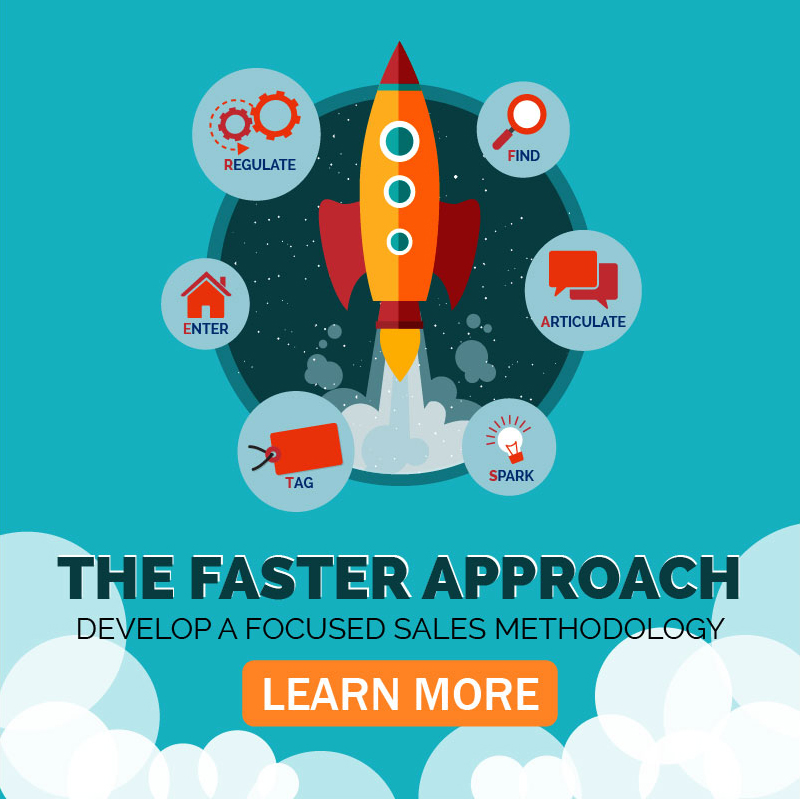

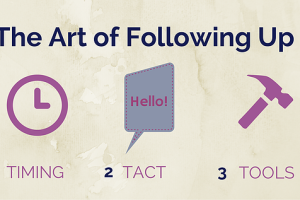
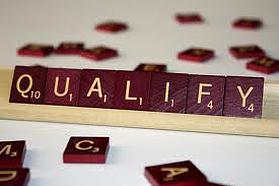
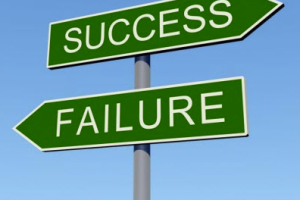


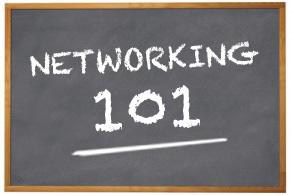

Speak Your Mind